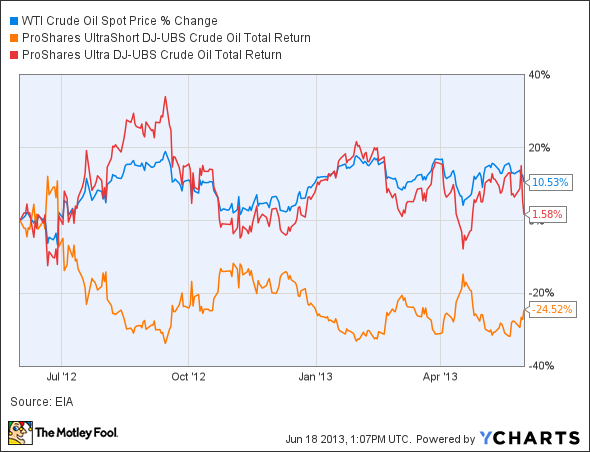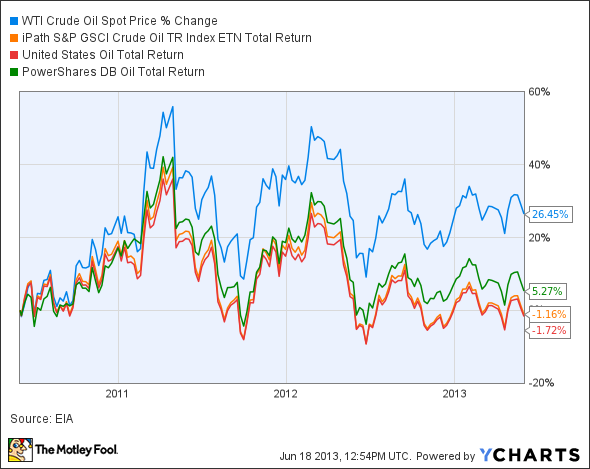Do Free ETF Trades Have a Hidden Price Tag
Post on: 12 Апрель, 2015 No Comment

About
One thing that kept exchange-traded funds at bay in the battle royale with mutual funds was commissions. For some investors, buying a no-load mutual fund just seemed more fiscally prudent than paying a commission for an ETF, which adds up when you’re dollar-cost averaging or otherwise investing frequently.
Late last year though, Charles Schwab (SCHW) drew first blood in the commission wars, offering free trades for its ETFs. In February, Fidelity struck back, announcing that it would offer 25 iShares exchange-traded funds commission-free.
Being able to buy and sell ETFs without commission is a godsend, says Matthew Tuttle, president of Tuttle Wealth Management. I only hope they start to apply it to all ETFs.
Anything that reduces trading costs for investors is a good thing, and free commissions are better than paid.
Commission-free trades may also be beneficial if they encourage investors to rebalance their ETF portfolio when changes in asset values cause their portfolio to diverge from their target asset allocation, says Michael Feser, president of online trading platform Zecco.
The Benefit Is Access
As the two heavyweights battle it out in their never-ending quest for more assets to join their platform, Joe Q. Public gets an initial trading reduction. However, the underlying benefit is access, explains Brian Campos, director of wealth management at Capital Cities Asset Management. ETFs enjoy several major benefits over mutual funds, and now investors won’t be hindered by trading costs to join the ETF universe, he adds.
Most of Fidelity and Chuck’s offerings are major index ETFs or core holdings, so smaller investors can start enjoying the ETF fun, Campos says. Commission-free ETFs mean dollar-cost averaging is now possible, small account access is now possible, rebalancing is no longer hindered by transactions costs and the door is open to more ETFs inside of 401k plans, Campos says.
This positions ETF to become the pooled investment of the future because of the increased exposure that ETFs will get for the everyday investor, says Campos Joe Q. Public, works all day, has kids and a mortgage to worry about, so he doesn’t look at his portfolio everyday. He may know mutual funds, but ETFs remain a bit mysterious or enigmatic. With Schwab and Fidelity embracing and marketing these instruments, look for them to become dominant in the coming decade. Commission-free access to mutual funds spurred much of their popularity, and we expect similar results from commission-free ETFs.
Is It Free or Free?
But before you go ETF-happy, much like elsewhere in the universe, free can come with a price tag. Commissions are not the only expense incurred when you buy and hold ETFs; there is a bid-ask spread when you buy them, and perhaps most substantially, there are fund expenses to be paid as long as you hold them, Zecco’s Feser points out. If the commission-free ETFs that you choose have high expense ratios, your overall returns could be lower than they would be otherwise, had you paid a commission to buy an ETF with a lower expense ratio.
Always consider looking outside the ‘walled garden’ of commission-free ETFs provided by your brokerage, Feser advises.
Then too, remember diversity mitigates risk. Right now, the commission-free ETFs are mostly core holdings.
This can be a drawback for investors who desire more specialized investments such as country/region specific portfolios, sector portfolios or special asset portfolios, points out Campos. Fidelity has yet to include iShares’ other funds in their new offering. Schwabs’ offering is even more incomplete as they offer no fixed income portfolios and few differences in capitalization and style portfolios, he adds.
Creeping Management Fees
Will investors simply run to the free offerings and overlook key components in their portfolios? Hopefully not, Campos says.
In Fidelity’s case, since they partnered with the established iShares in what is assumed to be a fee-splitting arrangement, watchdogs will need to ensure that management fees don’t creep up on them after the dust settles, Campos says.
Another question on his mind is, what will be the impact of high frequency trading on these offerings? Many mutual funds had to enact short-term trading fees in the 90s to protect their long-term investors from rapid price swings by high-frequency traders.
ETFs trade real-time so there is an inherent safeguard, but long-term investors and high-frequency traders have never really played well in the same sandbox, or at least they’re not supposed to, Campos says.
While commission wars generally are a good thing for investors, you should realize that prices are dropped just to attract business to the respective firms so that they can sell you other things like insurance or managed services or business services, Campos points out. It’s not a bad thing, but the buyer must always beware that like the European Empires of the 16th century, this a giant land grab for assets under management, he adds.

Not Just About the Commission
An investor should never let the commission tail wag the dog. When you’re concentrating on lowest cost of ownership or total return potential, there are a variety of factors such as volume, expense ratio, bid and ask spread, and index methodology, for example, explains Christian Magoon, CEO of Magoon Capital, a consulting firm to ETF-related businesses.
All of these have an impact on the cost to own, and thus the potential total return of, an ETF, Magoon says. Commissions or ticket charges are factors to consider, but should not be the determining factor in the selection of an ETF. By putting too much focus on one factor, such as commission or ticket charges, investors may end up actually paying more for an ETF or receiving less total return due to the impact of the other factors. This is especially true as investments become larger.
For example, consider an expense ratio and its potential impact relative to commissions. On a $50,000 investment in an ETF, the difference between paying a commission or not on an ETF may be only $10 to $20. In comparison the dollar difference on that same $50,000 ETF investment in ETFs with expense ratios of just 10 basis points apart (ETF A, 10 bps vs. ETF B, 20 bps) would be $50, says Magoon. Focusing too heavily on any one factor can lead investors to wrong conclusions, he adds.
Then too, if a commission-free ETF has low trading volume, a wide bid-ask spread can end up costing you a lot more than the amount you saved on commissions.
‘Dramatically Different Returns’
In addition, the construction of the underlying indices should be considered, says Paul Jacobs, a certified financial planner and client service manager with Palisades Hudson Financial Group. Over the long-term, indices that attempt to track the same market segment can provide dramatically different returns.
Lastly, if the ability to trade commission-free encourages investors to trade frequently and haplessly, that’s worse still.
Fidelity and Charles Schwab kicked off the fight. Who’s likely to be next?
It will be interesting to see who else jumps into the foray, Says Campos. I expect Vanguard and perhaps TD Ameritrade to respond with some type of offering.
Investors will need to keep their heads. The commission wars are just getting started.














